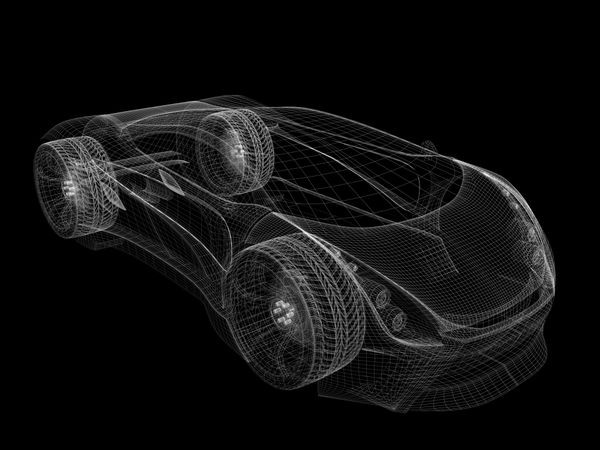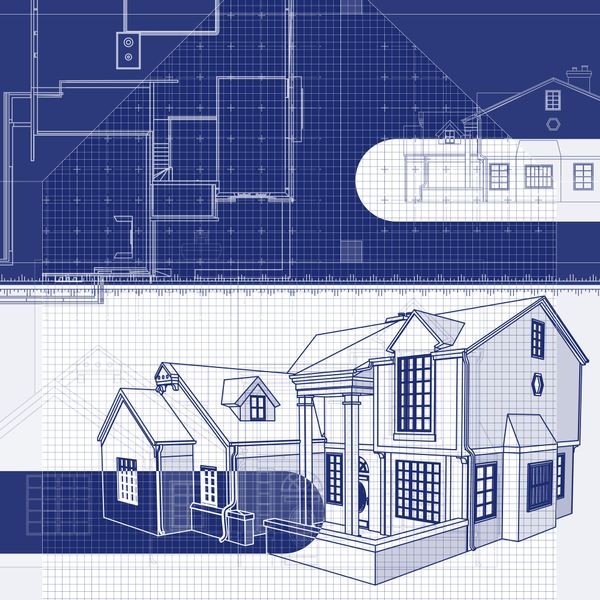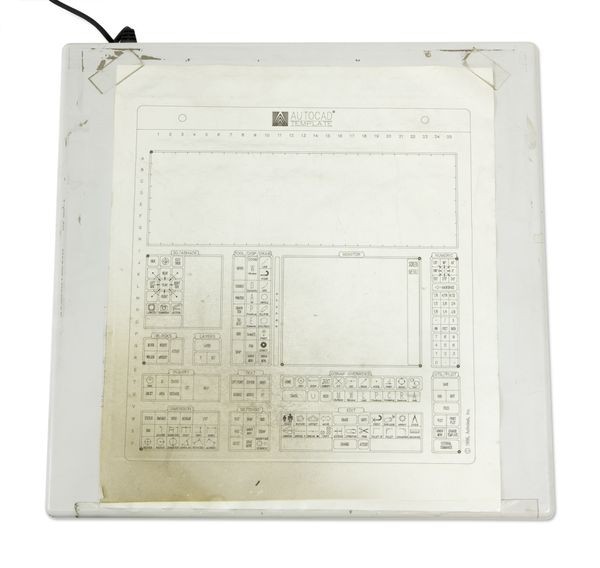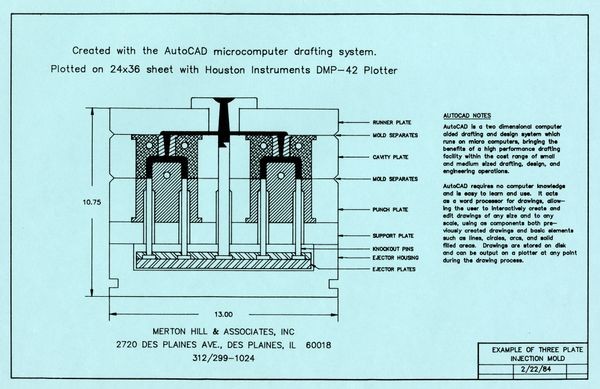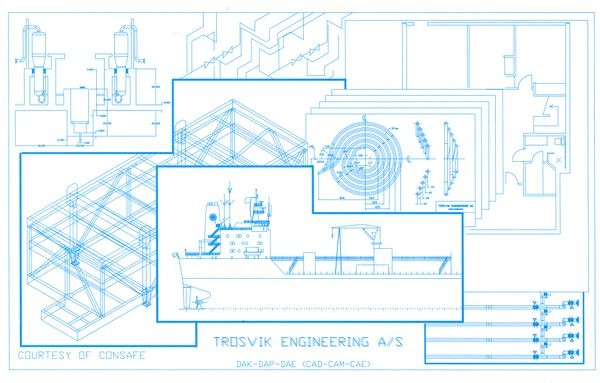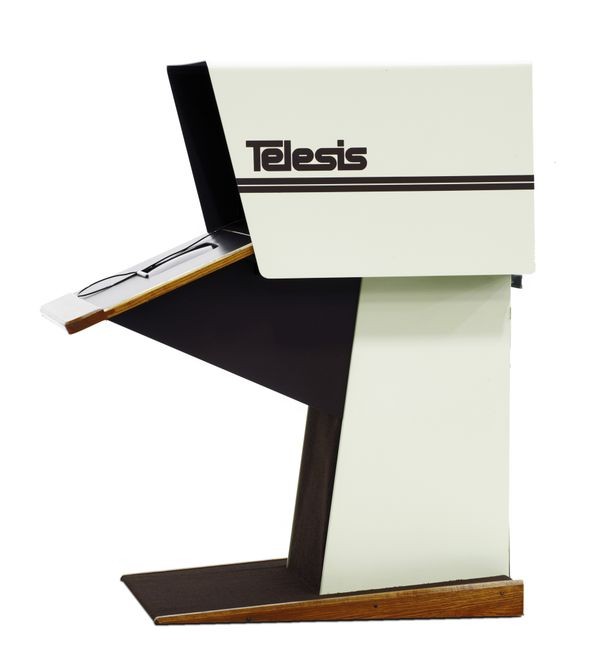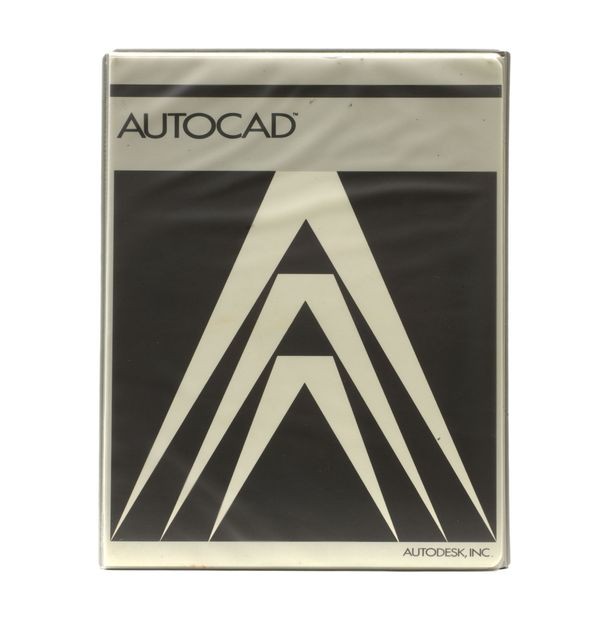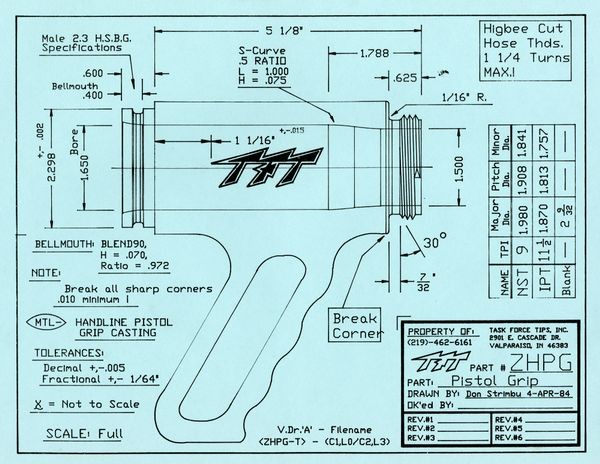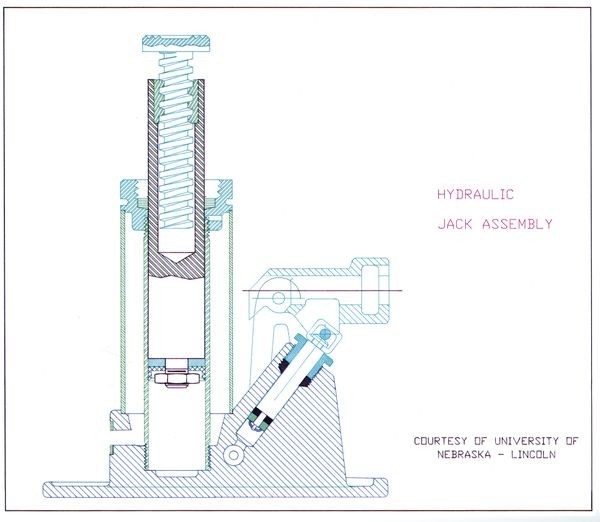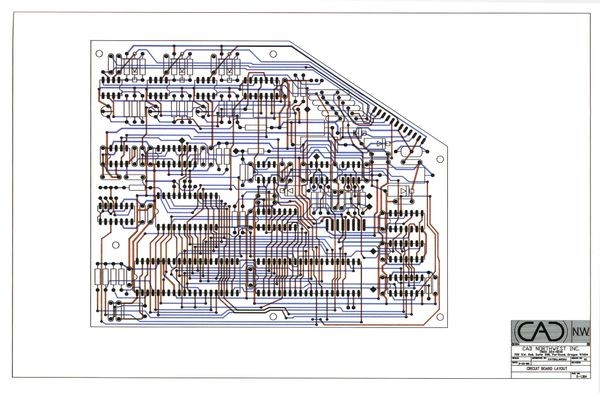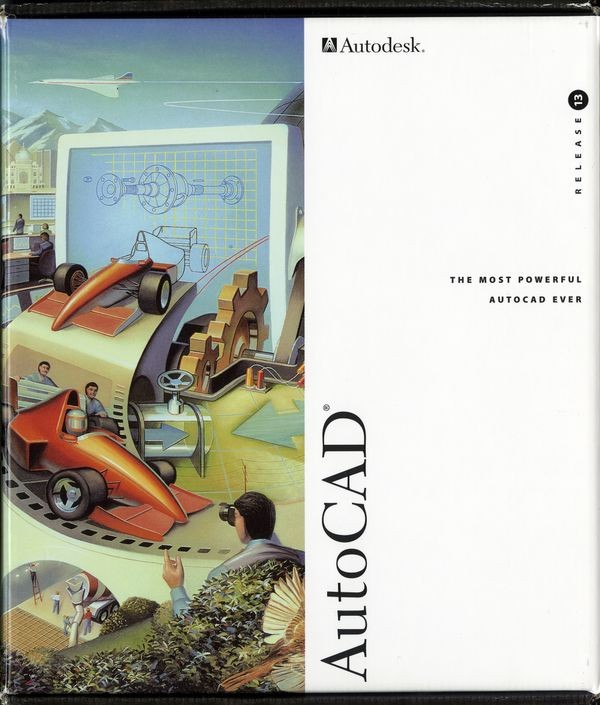Computer-Aided Design
Golden Gate Bridge modeled in AutoCAD
AutoCAD demonstrations often involved the modeling of well-known objects, including portions of the Golden Gate Bridge.
Computer-Aided Design
Design begins with a sparkling idea…followed by a methodical process of drafting and engineering. Computer-aided design (CAD) eases the drudgery, improving speed and accuracy.
CAD evolved through university experiments and collaborations with industry starting in the 1950s. As small computers became more powerful, sophisticated tools became available even to small firms and individuals.
Operator working with early CAD program
The DEC Type 340 display could draw dots, straight lines, curved lines and characters, and read the position of the lightpen.
View Artifact DetailWireframe image of sports car, one view
At first CAD was simply a better drafting tool, but it soon became a way to model complex surfaces.
View Artifact DetailHouse blueprint
Both 2D and 3D renderings of designs are possible with Computer-Aided Design, allowing designers multiple views of their work.
View Artifact DetailDrafting for All: AutoCAD
Most computer drafting systems required expensive graphics terminals and often specialized workstations—until AutoCAD.
Able to run on personal computers, AutoCAD revolutionized the drafting industry, becoming the top-selling drafting program for PCs. Released in 1982 by Autodesk, AutoCAD’s popularity also helped to make Microsoft Windows dominant in industrial design and architecture despite Apple’s foothold in design industries and visual arts. (Versions developed for Macintosh and Unix fizzled.)
Built on many concepts pioneered by IBM’s DAC-1, AutoCAD eventually provided both 2D and 3D modeling.
Graphics Tablet
Tablets allowed an artist or draftsman to draw with a stylus rather than using a mouse. Taped to this Summagraphics tablet is a paper template for the popular drafting program, AutoCAD.
View Artifact DetailAutoCAD demonstration
This drawing of an injection mold was created and plotted as a demonstration using AutoCAD.
View Artifact DetailAutoCAD rendering of a ship
Complex shapes in three dimensions were particularly well-suited for CAD modeling.
View Artifact DetailTelesis Drawing System
Telesis Systems made computers for laying out printed circuit boards. The Chelmsford, Massachusetts-based company merged with the much smaller California-based Valid Logic Systems in 1987, in part because of the Boston computer industry’s slow deterioration.
View Artifact DetailAutoCAD AutoDesk software
AutoCAD became the dominant PC-based computer-aided design program. Company founder and AutoCAD co-author John Walker also helped fund Ted Nelson’s work on the Xanadu hyperlinked information system. Walker later moved to Switzerland, pursuing interests in artificial life and techno-social activism.
View Artifact DetailPistol Grip AutoCAD drawing
Computer-generated drawings were often not as elegant as those produced by professional draftsmen, but they served the purpose.
View Artifact DetailHydraulic jack assembly
Industrial design in every field benefited from CAD software running on inexpensive PCs.
View Artifact DetailCircuit board layout
An early application of computer-aided design software was designing the next generation of computer circuit boards.
View Artifact DetailHP 7586B graphics plotter
Plotters created large-scale prints for architecture or other design applications. These plotters often had carousels holding pens of different colors and line thicknesses.
View Artifact DetailAutoCAD release 13
AutoCAD release 13 was the last version to run on UNIX or MS-DOS. After that, Microsoft Windows running on a PC was the only option.
View Artifact Detail

